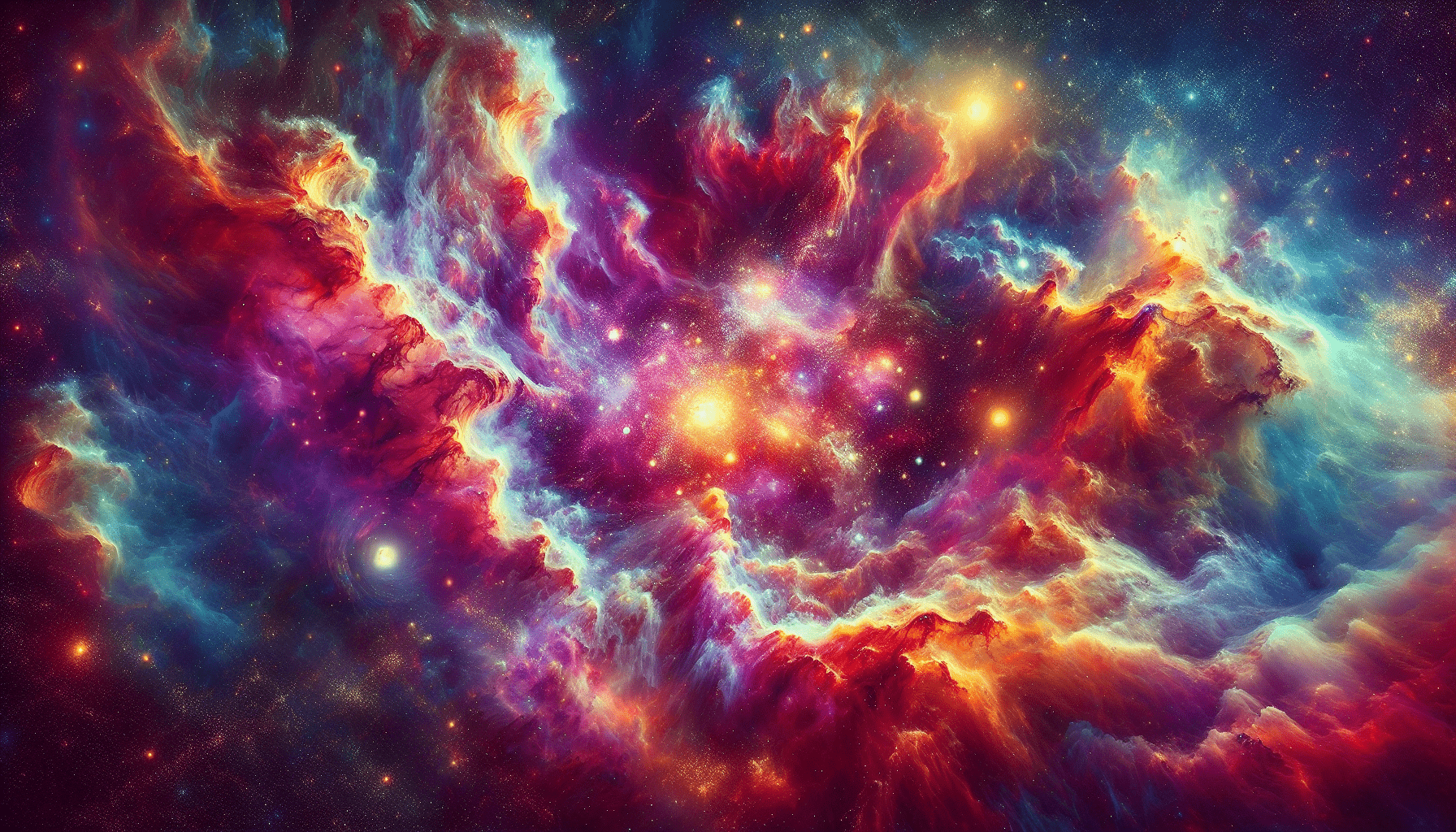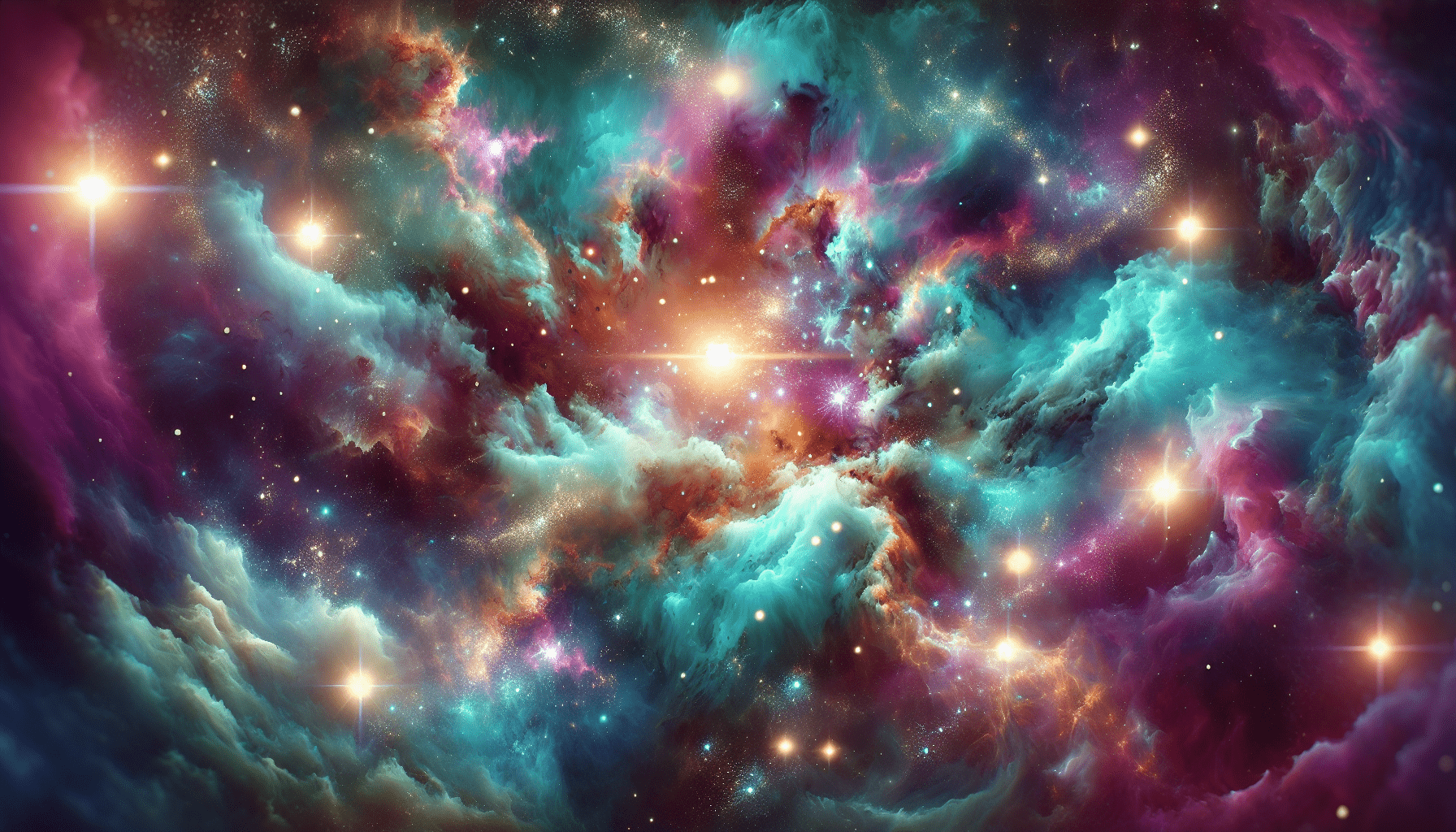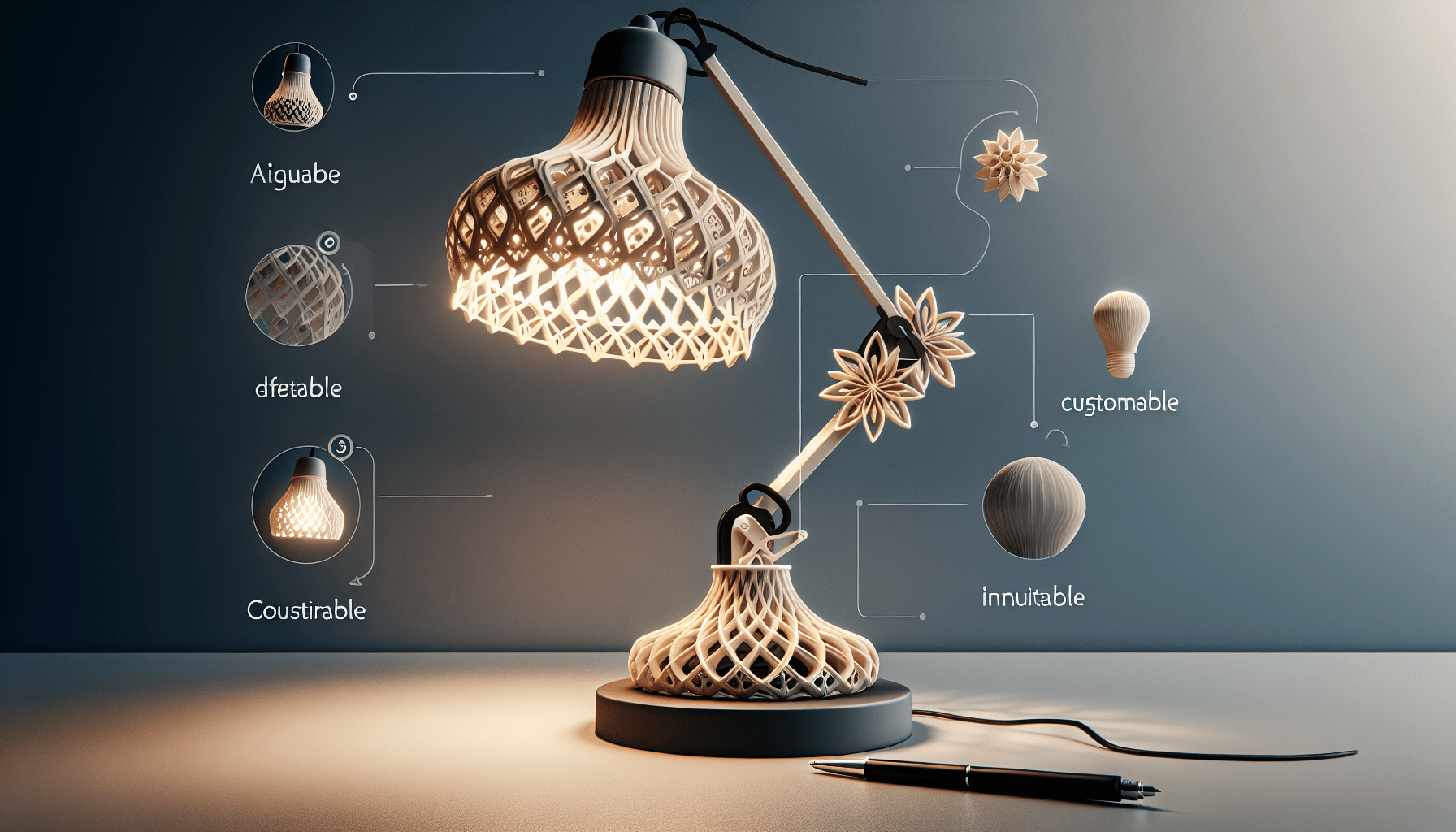FLASHFORGE 3D Printer AD5M, CoreXY 600mm/s High-Speed Printer with 1-Click Auto Leveling, High-Temp Direct Drive Extruder, 3s Quick-Swap Nozzle, 220×220×220mm Build Volume
$259.00 (as of June 19, 2025 23:45 GMT +00:00 - More infoProduct prices and availability are accurate as of the date/time indicated and are subject to change. Any price and availability information displayed on [relevant Amazon Site(s), as applicable] at the time of purchase will apply to the purchase of this product.)Have you ever looked up at the night sky and wondered if what you’re seeing is actually real? The vastness of space is full of mysteries, not the least of which are fascinating optical illusions that boggle the mind. From galaxies that look like familiar earthly objects to celestial phenomena that challenge our perception, space is an endless source of visual trickery.

$30 off $400+ Anycubic Products with code AC30OFF
4 Reality-Defying Optical Illusions in Space
The Penguin Galaxy: A Cosmic Bird?
When you think of NASA, penguins probably aren’t the first thing that come to mind. Yet, sometimes the universe surprises us in the most delightful ways. Earlier this year, NASA posted an intriguing image captured by the Hubble and Spitzer space telescopes, focusing on a collection of galaxies known as Arp 142.
Here’s where it gets fun: NASA pointed out that two of these galaxies bear “an uncanny resemblance to a penguin guarding an egg.” Sounds whimsical, right? But take a closer look, and you’ll see it too. The collection of new stars and gas strands form the body of the penguin, while the “egg” is made up of old stars, smoothly distributed. The way these celestial objects are shaped and positioned tricks our brains into seeing this adorable cosmic creature.
Galactic Overlap: SDSS J115331 and LEDA 2073461
Have you ever seen two objects overlap and create something entirely new? That’s the essence of the galactic overlap phenomenon captured by the Hubble Space Telescope back in 2022. This illusion features two galaxies, SDSS J115331 and LEDA 2073461, both situated more than a billion light years from Earth.
When you first look at the image, you might assume these galaxies are colliding or merging into some sort of cosmic super-structure. But that’s not the case. According to the European Space Agency (ESA), the galaxies are actually far apart. Their light paths just seem to overlap from our earthly perspective, creating a trick of the eye that’s intriguingly complex.
Earth from Space: When City Lights Mimic the Stars
Here’s another mind-bender for you. There’s a widely circulated photo that many people believe shows an aerial view of Earth from space. At first glance, it looks like our planet, adorned with countless stars in a night sky. But the reality is closer to home.
Flip the image, and suddenly everything becomes clear. The “stars” are actually city lights as the sun sets. This simple yet effective optical trick serves as a reminder that perspective is everything. One user humorously remarked, “Having the right perspective is everything.”
Full Moon Optical Illusions: A Dance of Size and Distance
Have you ever looked at a full moon hanging low in the sky and marvelled at how large it appears? That’s another optical illusion at play. The moon’s size never actually changes, even though its distance from Earth varies slightly during its orbit. What makes the moon appear larger near the horizon compared to when it’s high up in the sky?
Part of the explanation lies in our brain’s process of visual information. When the moon is near the horizon, objects like trees and buildings provide a reference frame, making the moon appear larger in comparison. This phenomenon is amplified when photographers use long lenses, which compress the composition and make distant objects appear closer together. Events like rare supermoons further accentuate this illusion, providing stunning visuals perfect for capturing with a camera.
Why Do We Love Optical Illusions?
How Our Brains Process Visual Information
Optical illusions work by exploiting the way our brains process visual information. When we look at something, our brains are constantly interpreting light and shadow, distance and scale. These interpretations are usually based on our experiences. When an image presents visual cues that mislead these interpretations, we are tricked into seeing something that isn’t there or misinterpreting what we see.
The Science Behind Celestial Optical Illusions
Space-based optical illusions operate on the same principles but in a far more expansive playground. Distances in space are so vast, and objects so varied, that our brains often struggle to process them accurately. For instance, light from distant galaxies might take billions of years to reach us, overlapping in ways that create bizarre yet stunning visuals.
Why These Illusions Captivate Us
There’s something innately human about our fascination with optical illusions. They challenge our perception and make us question reality, even if just for a moment. The fact that celestial bodies can create these illusions adds another layer of wonder. The universe is vast, mysterious, and a little playful, reminding us of how much we still have to explore.

Buy Photon Mono M5 Get Free 1KG Resin
How You Can Observe These Illusions
Use of Telescopes and Binoculars
If you want to see some of these illusions for yourself, a telescope can be a great start. Even a basic telescope can reveal numerous celestial bodies and phenomena that are invisible to the naked eye. For more detailed viewing, consider a telescope with a higher zoom capability and a stable mount.
Astrophotography: Capture the Illusions
Astrophotography is another excellent way to engage with these space-based optical tricks. Long exposure photography can capture the details of distant galaxies, supermoons, and other extraordinary phenomena. Editing software can help enhance these images, bringing out the optical illusions more clearly.
Timing is Everything
Observing some of these phenomena requires a bit of planning. Events like supermoons and certain galactic alignments don’t happen every day. Keeping an astronomical calendar handy can help you know when to look up at the skies for those rare moments.
The Broader Impact: Optical Illusions in Scientific Research
Enhancing Our Understanding of the Universe
Optical illusions in space aren’t just fun—they have scientific value too. By studying these phenomena, scientists can better understand the behaviour of light and matter in different cosmic conditions. For instance, studying the overlap of galaxies can give us insights into their distances and the gravitational forces at play.
Real-world Applications
The principles behind these optical illusions also have practical applications. For example, understanding how light bends and distorts can improve our satellite imaging technology, helping us get clearer images of both space and Earth.
The Role of AI and Machine Learning
Artificial Intelligence and machine learning are now playing crucial roles in the study of optical illusions and space phenomena. These technologies can analyze vast amounts of data, identify patterns, and even predict when and where certain optical illusions might occur. This can make the study of these fascinating visual tricks more accessible to both scientists and amateur astronomers.
Conclusion: The Lasting Appeal of Space Optical Illusions
In a universe so vast and incomprehensible, the optical illusions found in space serve as delightful puzzles that tickle our curiosity and challenge our understanding. From the charming Penguin Galaxy and the perplexing galactic overlaps to down-to-earth tricks like city lights masquerading as stars and the grandeur of supermoons, these phenomena remind us of the incredible complexities and wonders that exist beyond our planet.
Optical illusions, whether terrestrial or celestial, are a humbling reminder of how much there is still to discover. They spark our imagination and fuel our desire to understand more about the cosmos and, ultimately, about ourselves. So next time you gaze up at the night sky, remember: things aren’t always what they seem, and that, perhaps, is the most beautiful illusion of all.
$30 off $400+ Anycubic Products with code AC30OFF








